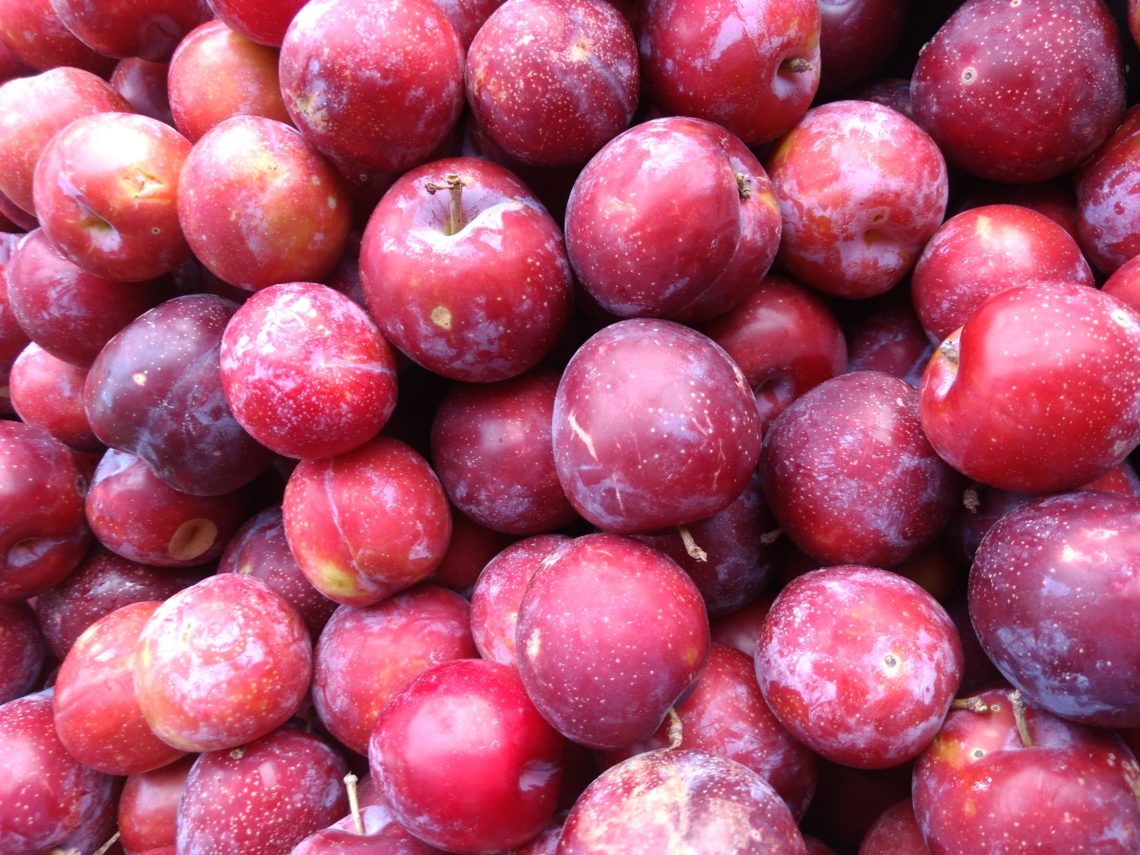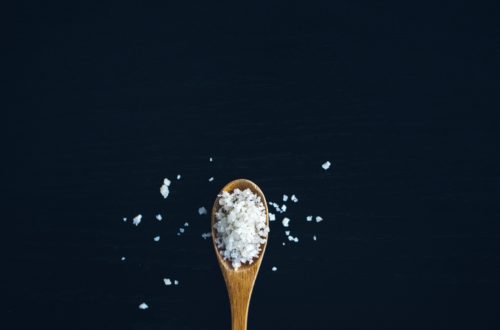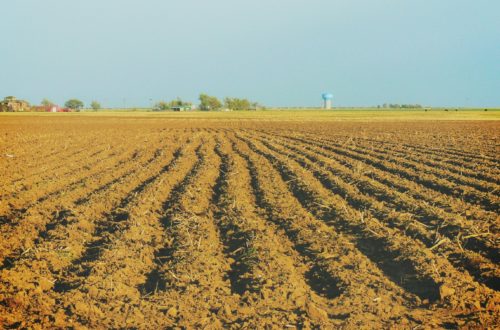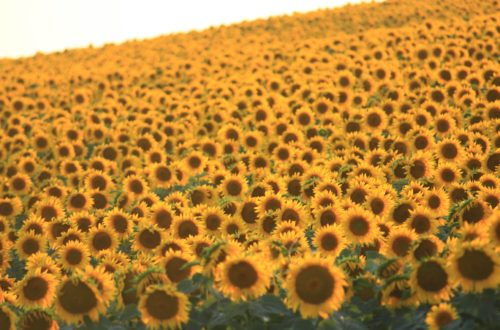
A Plum-Tinged Hope
Down the slope a little way from the house, not far from the gravel driveway, two plum trees are loaded with fruit. Their branches are bending low with the bounty of dozens and dozens of red-violet beauties. The plums are slightly soft to the touch and their smooth skins have that odd whitish coating that resembles a dusting of powder. Protective nets that cover the trees have done their jobs and prevented birds and squirrels from pecking or gnawing on the ripening fruit. Our family awaits the harvest with great anticipation. Our daughter will travel up from the coast to join in, and we will soon be carrying baskets of plums to the kitchen, washing them and preparing them for preserving. Our hands will be sticky with pulp. Within an old enamelware kettle, the juice will bubble and thicken and the tangy aroma of plums will fill the steamy air. Half-pint jars of translucent purple jellies prepared by our daughter, the expert canner and preserver in the family, will soon line the pantry. We’ll spread the concoctions on home-made buttermilk biscuits, pancakes and shortbread. And the canning maestro may save a few jars to enter in the Texas State Fair come late September, hoping to add another prize ribbon to her collection of past successes.
About this time as you are reading my story, you may be shaking your heads in disbelief. Experienced gardeners are wincing at this misguided description. Mid-April is not even close to harvest time for plums in Texas even with a favorable climate or location. Just a few short weeks ago, plum trees around the area began to bloom, their branches covered with white and pale pink blossoms. Now in mid-April it is time for the fruits to “set.” A close examination of plum trees’ slender branches might reveal dozens and dozens of tiny green orbs. It will be several more months before plums ripen and their tart juices are transformed by sugar, heat and skill into jewel-toned, delectable treasures. And our plum trees? They were planted only weeks ago. Their harvest time is even farther away, about three years from planting to first crop or so the horticulturists tell us.
In late January, my husband and I drove to a nearby nursery. The goal: Redeem a late-December birthday gift certificate and purchase two plum trees. In preparation, Dad and daughter pored over the recommended plum tree varieties on the Texas A & M Horticulture website and chose two, Methley and Santa Rosa, to plant during the optimum time of late winter. As we pulled into the parking lot, rows of fruit trees beckoned, and it only took a few minutes to find the preferred trees. One variety was nothing more than a 5 foot tall stick with a few bare branches; the other was a little shorter with several leaves just beginning to unfurl. The attached tags pictured the mature fruit and confirmed the information found online. It would likely be three years before a full crop could be harvested. We loaded the trees into the bed of the pickup and headed for home.
A few days later, we planted the trees in a carefully chosen spot: close enough to the house to access water via a long garden hose snaking down the slope; near enough to human noise and activity to discourage the animals that could eat the foliage or fruit; enough sunlight to stir growth; adequate shelter from the ever-present wind. As the weather warmed and the rains came, the unpromising sticks began to leaf out. The trees are settling into their new home. This year they will grow and strengthen their roots and stretch out their trunks and branches. Perhaps next year a few plums will appear, but experts recommend the first years be a time for feeding, pruning and trimming the tree to ensure successful future crops. Bountiful, beautiful plums are far in the future.
Gardeners and farmers, orchardists and plum-tree planters, we all are people of hope. We plan and purchase, select varieties and sites, carefully sow or plant and tend the crops and trees. We stand vigilant watch to keep disease and pests at bay. We water and prune. And we wait. Although our efforts maximize the possibility that a delicious harvest will result, we cannot guarantee the outcome. We plant hope with every seed and welcome hope as we turn the soil and settle young trees into the earth. We invest in the now and prepare for the future. We hope.
As I look at the spindly plum trees, I catch a glimpse of hope for the fruitful harvest of plums… and for a flourishing world. This kind of hope does not count leaves or try to impulsively rush the growing process. It is not a frail thing that rises and falls with every storm, or teeter dangerously into depression with each newscast or prediction. It is not a greeting-card kind of hope: Hope you have a nice day! Or Hope your birthday is special! It is neither the sunny viewpoint of optimism nor a fingers-crossed kind of hope that wishes fervently for a brighter future. It is a much deeper hope, planted and rooted in faith that remains constant, not tied to a future crop… or a medical breakthrough. A plum-tinged hope flourishes with the tending of spirit, grace and prayer. Father Richard Rohr of the Center for Action and Contemplation recently featured this mystical hope as described by Episcopal priest and writer Cynthia Bourgeault. Bourgeault writes that mystical hope lives a life of its own…and is about the experience of being met and held in communion by something intimately at hand.* It is a hope that cannot be easily explained and does not depend upon desired outcomes. I confess that I cannot fully understand this mystical, grace-imbued hope. Bourgeault expands her explanation of hope as bearing fruit within us….the fruits of strength, joy and satisfaction. Bearing fruit… yes, this I can grasp when more sophisticated understandings slip and slide in my mind. Those of us who plant trees live in this kind of hope when we plan with no guarantee that we will even witness the future harvest. Our hope must lie in the Gardener, not the garden, and in the fruits of the Spirit rather than the juicy plums that are to come.
A mysterious yet genuine sense of hope provides a necessary connection that wends its way from Spirit to spirit. My soul feeds on a faith-filled hope, but my senses need something I can touch and feel and taste and smell. On this mid-April day, I gaze upon two small trees that stand there in that well-chosen place, growing hope with each passing day, pointing towards a future, a three-year in the distance future, when the travail of these months fades a little farther away into memory. When these trees were planted, I had no idea how much I would need them, these growing harbingers of hope. The plum trees on our hill are here, intimately at hand. They are tangible reminders of an intangible Hope.
Hope bears an earthy face today. Visions of armfuls of fruit and anticipation of afternoons of jelly making and jam bottling keep my spirit strong. I take a closer look at the tender trees and notice that the trunks have grown in these warm spring days. The trees now stretch above my 5’7” frame and new leafy branches sprout. In this interim waiting time, other things will grow along with the ever deepening roots and widening span of the branches, things not based on directed, pleading outcomes but firmly rooted in the grace and abiding presence of Divine Love. I welcome this daily, material reminder of mysterious eternal hope. Beautiful, bountiful hope is not far in the future, but here so very close at hand.
Down the slope a little way from the house, not far from the gravel driveway, two plum trees are loaded with fruit.
Now faith is being sure of what we hope for and certain of what we do not see. Hebrews 11:1
Question for Reflection:
How is hope manifesting itself in your life during this time of crisis?
* Quotes from Cynthia Bourgealt ‘s book Mystical Hope: Trusting in the Mercy of God, 2001. Available from major book sellers. For more information on the Center for Action and Contemplation and the writings of Fr. Richard Rohr, visit https://cac.org
Photo by vijay verma on Unsplash




